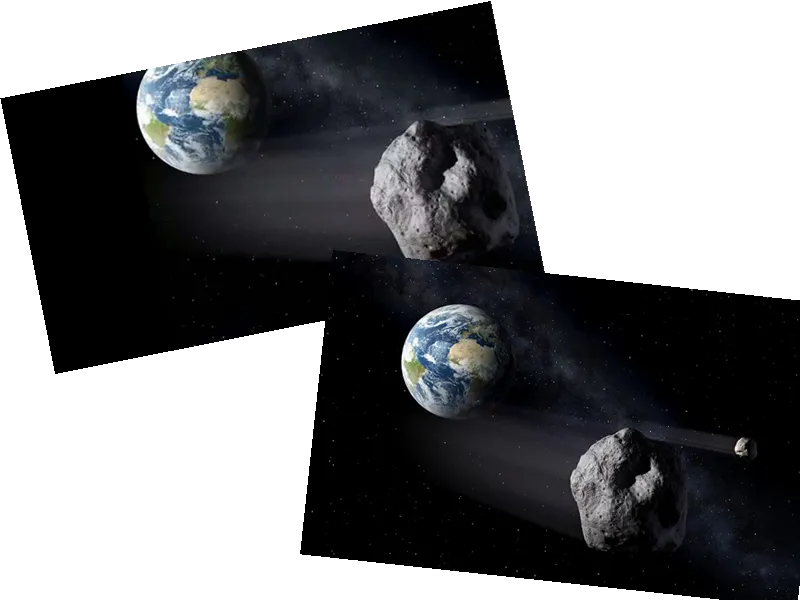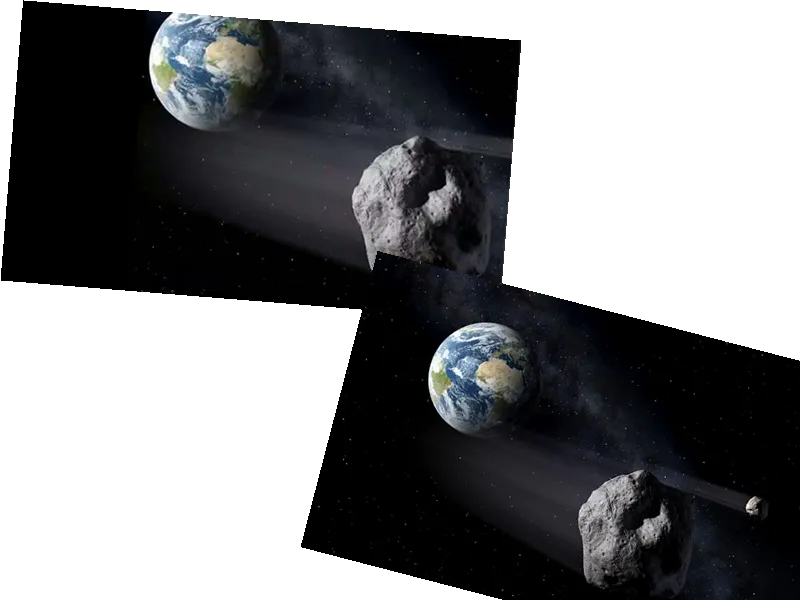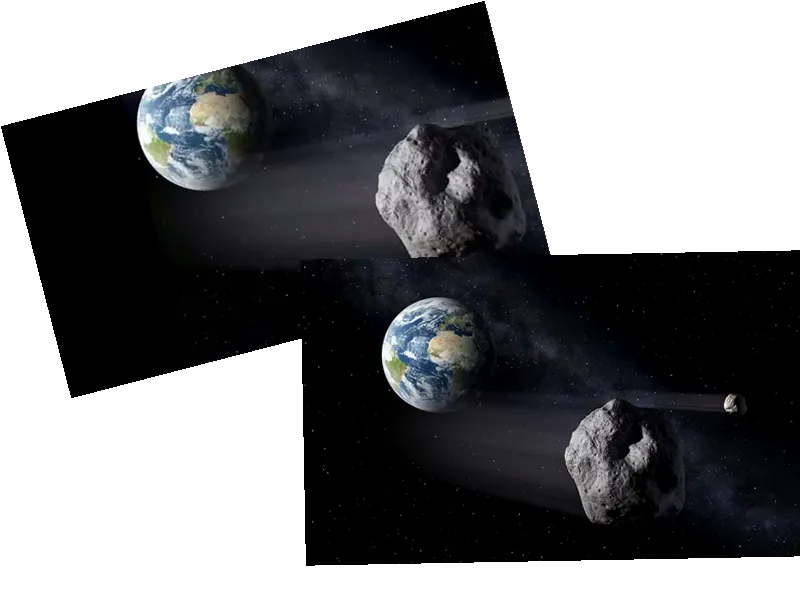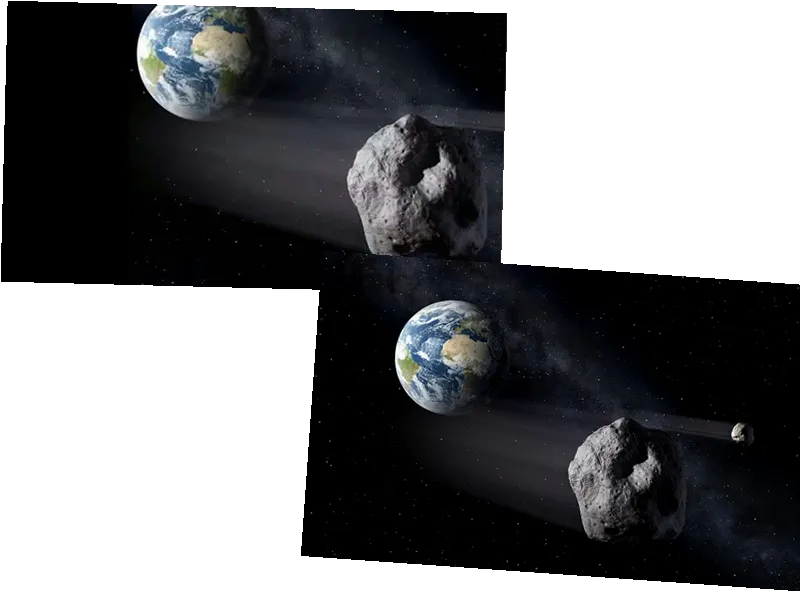Asteroid 2011 UL21 is making a close approach to Earth today, June 27th, at a safe distance of 6.6 million kilometers. This giant asteroid, with an estimated size of 2.5 kilometers, poses no threat to our planet. Richard Moissl, head of ESA's asteroid defense, emphasizes that while its size makes it interesting to observe, it will not impact Earth.
Classified as a potentially hazardous asteroid (PHA), 2011 UL21 is larger than 99% of all known near-Earth objects. Despite its intimidating size, it will pass at a distance approximately 17 times farther than the Moon. The Virtual Telescope Project will broadcast the event live, allowing enthusiasts to witness this celestial event.
Asteroid 2011 UL21 is considered a 'global killer' due to its size, which could cause catastrophic damage if it were to collide with Earth. However, historical data and current observations confirm that it will not come close enough to pose any real danger. In fact, it is one of the largest asteroids to have come this close to Earth in recent years.
For those with access to a telescope, the asteroid will be visible in the night sky as it passes through constellations such as Hydra, Virgo, Libra, and Serpent. It will reach its peak brightness on the night of June 28th to 29th and will be observable with amateur telescopes for the first week of July.
Adding to the excitement, another asteroid, 2024 MK, will pass by Earth on June 29th. Though significantly smaller, with a diameter between 120 and 260 meters, it will come much closer, at a distance of 290,000 kilometers. This asteroid's close approach will also be a notable event, especially as it coincides with International Asteroid Day on June 30th.
- Asteroid 2011 UL21 was discovered on October 17, 2011, by the Catalina Sky Survey and was initially considered a potential threat to Earth. Early calculations suggested a one in a million chance of impact in 2029, but further observations have since ruled out any risk for the next 100 years.
- Astrophysicist Gianluca Masi of the Virtual Telescope Project explains that the classification of 2011 UL21 as a PHA is due to its size and proximity to Earth. While this label does not imply an imminent threat, it highlights the importance of monitoring such large celestial bodies.
- The second asteroid, 2024 MK, was discovered only recently, on June 16, 2024, by the Atlas telescope network. This smaller asteroid will pass within 75% of the Earth-Moon distance, providing another opportunity for observation with small telescopes. It will be visible from Italy in the constellation of Pegasus, moving towards Andromeda.





